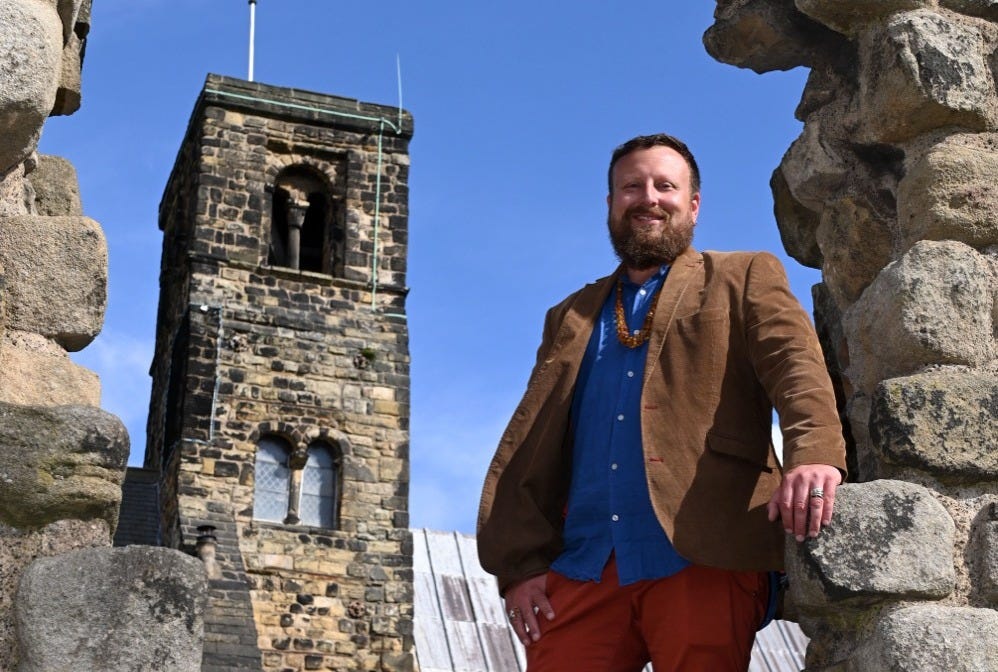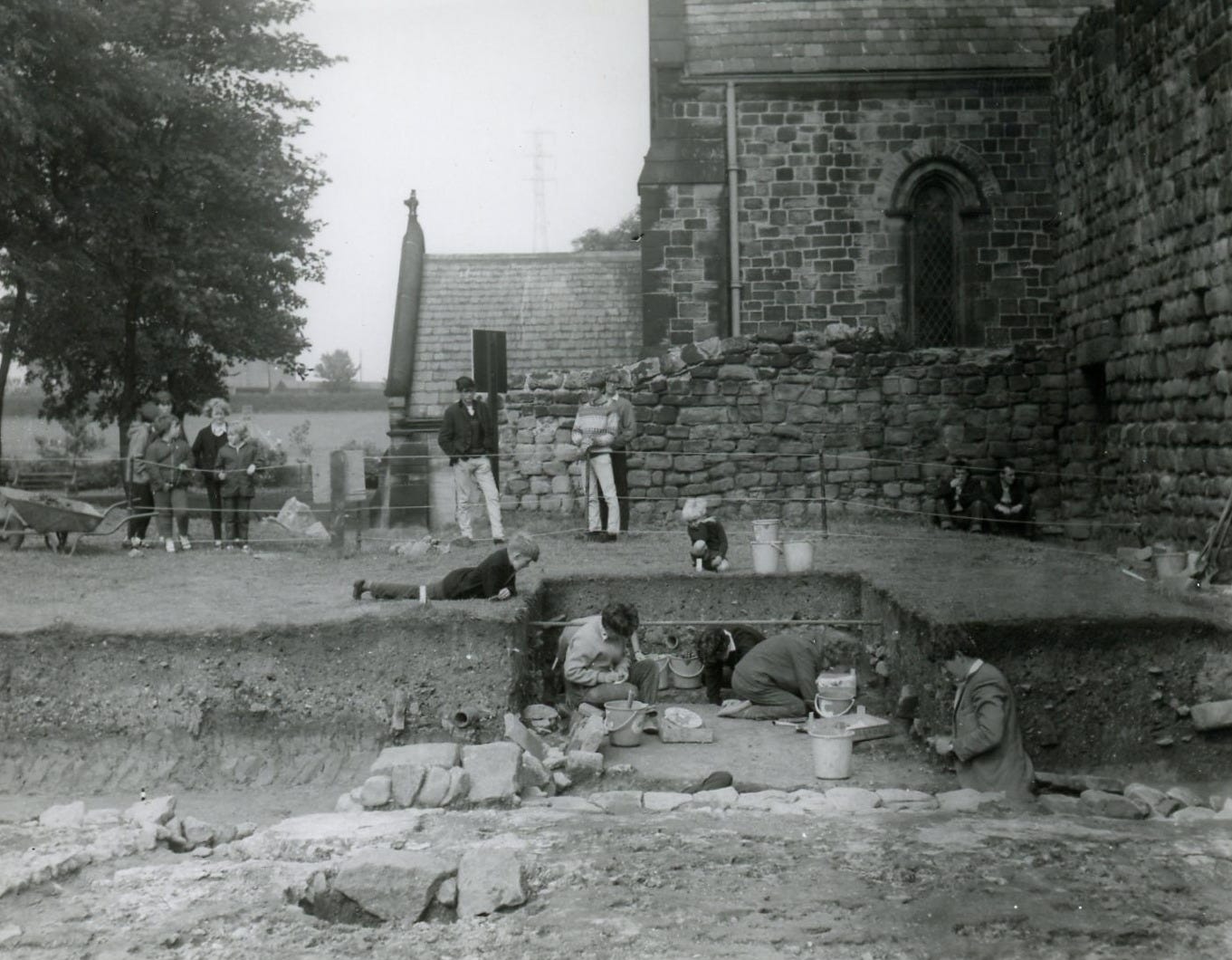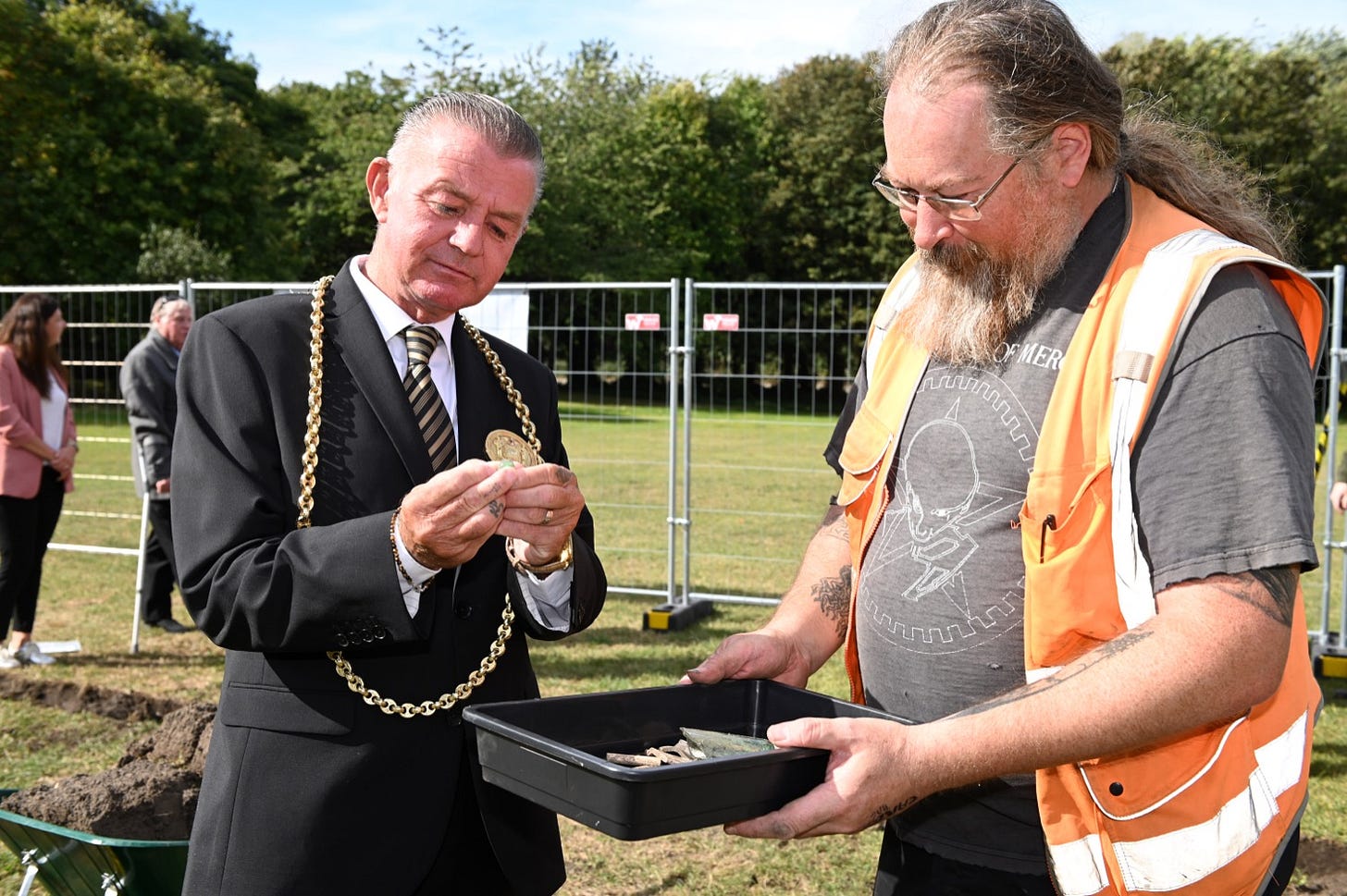Archaeologists return to world-famous Jarrow site
New dig starts to re-open the story of a Tyneside site which became a European cultural centre. Tony Henderson reports
Excavations have re-started after a lull of decades at a Tyneside site which was one of Europe's most influential centres of learning and culture.
A series of excavations were carried out from the early 1960s and through the 1970s by Durham University’s Professor Rosemary Cramp at the 7th century site of St Paul’s Church and monastery at Jarrow.
Now digging has resumed in open land at Drewett’s Park adjacent to the site after investigations by Durham and Newcastle universities revealed evidence of buried structures.
Groundwork South and North Tyneside, the charity which operates Jarrow Hall, Anglo-Saxon Farm, Village and Bede Museum, has been awarded £249,188 by The National Lottery Heritage Fund for the community archaeological investigation.
It is being led by Dr Marco Romeo-Pitone, who said: “This is an exceptional site which was a centre of culture and we will be following the legacy of Professor Rosemary Cramp by investigating the surrounds of the monastery.”
Jarrow is home to one of the most important early medieval monastic sites in England and items found during the earlier excavations now form the collection at the Bede Museum at Jarrow Hall.
This project aims to involve volunteers in the dig and encourage community interest in Jarrow’s history. Volunteers, students and local groups will be able to take part in the mission through events and training, such as accredited learning in archaeological practice, an archaeological club for young people and an annual festival of archaeology hosted at Jarrow Hall.
The remains standing today are from the medieval monastery, but part of the Anglo-Saxon monastery survives as the chancel of St Paul's Church.
The twin monastery of Wearmouth–Jarrow was the creation of Northumbrian nobleman Benedict Biscop, who visited Rome several times and in 681 received land at Jarrow to found St Paul’s. Biscop brought stonemasons and glaziers from France, who created some of the first stone buildings in Northumbria since the Roman period.
The monastery’s reputation spread throughout Europe, chiefly because of the scholarly writings of the Venerable Bede, who spent his life at the monastery, writing more than 60 works.
The earlier excavations produced hundreds of fragments of rare Anglo-Saxon glass, some of which were used to create a circular window at St Paul’s Church.




